Enter Your URL
Enter URL is required
Malaysian Neem Trees
Process Investing in Neem Trees
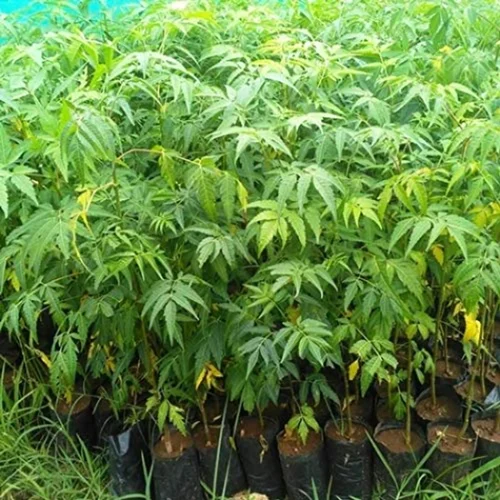
Invest in Neem trees
Invest in secure Animal Farms to guarantee long-term sustainability and efficiency.

Zero Percent Risk
Enjoy 0% risk investment in Neem Trees for secure, profitable returns.

Tax Free
100% Tax-Free Income from Agricultural Farming
Malaysian Neem Trees Investing with a High Return
The Malaysian neem tree, also known as Azadirachta indica, is a versatile and hardy tree native to the Indian subcontinent but widely cultivated in tropical and subtropical regions, including Malaysia. Known for its rapid growth and resilience to challenging environmental conditions, the neem tree is highly valued for its numerous applications in agriculture, medicine, and environmental management. The neem tree is a medium to large evergreen tree, typically reaching heights of 15-20 meters (50-65 feet). It has a broad, spreading canopy with dense foliage and pinnate leaves. Neem trees are fast-growing and can thrive in a variety of soil types, including poor and degraded soils. They are drought-resistant and can withstand high temperatures, making them ideal for arid and semi-arid regions.
- High Market Value
- Job Creation
- Sustainable Income
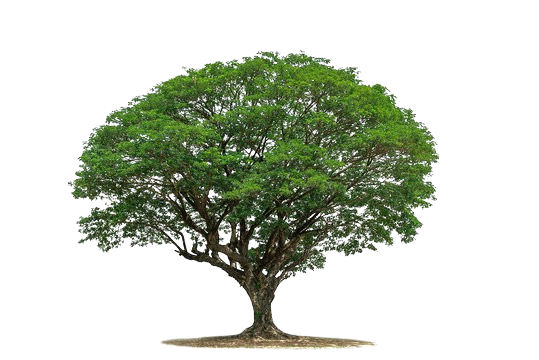
Benifits Of Malaysian Neem Trees
One of the most notable aspects of the Malaysian neem tree is its extensive use in traditional and modern medicine. Neem has been an integral part of Ayurvedic and traditional Asian medicinal systems for centuries. The various parts of the tree, such as the leaves, bark, seeds, and oil, are renowned for their potent medicinal properties. Neem leaves are commonly used to treat skin conditions such as eczema, psoriasis, and acne due to their anti-inflammatory, antibacterial, and antifungal properties. The oil extracted from neem seeds, known as neem oil, is rich in active compounds like azadirachtin, which has powerful antiviral and antimicrobial effects. Neem oil is used in treating wounds, burns, and infections, and is also incorporated into various health and beauty products. Additionally, neem bark is used to alleviate digestive disorders, while neem tea is consumed for its detoxifying and immune-boosting effects. The wide range of therapeutic applications of neem highlights its importance in natural medicine and its potential as a sustainable source of health remedies.
- Sustainable Harvesting
- Reforestation and Afforestation
- Reduced Chemical Use
- Low Maintenance
- Cultural Significance
- Community Development
- Natural Remedies
The Malaysian Neem Trees Gallery
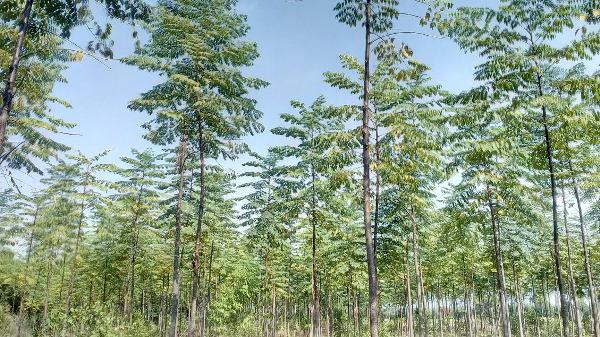
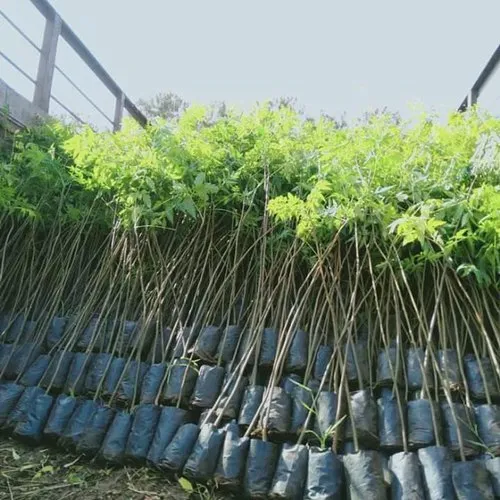
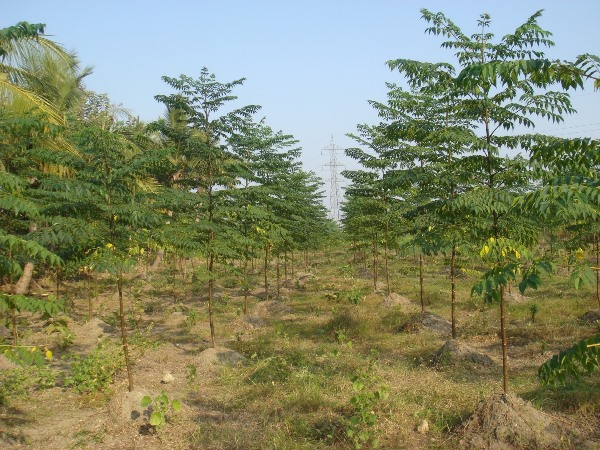
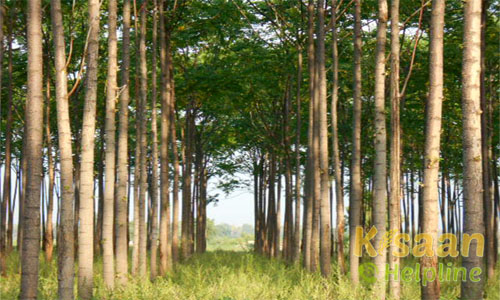

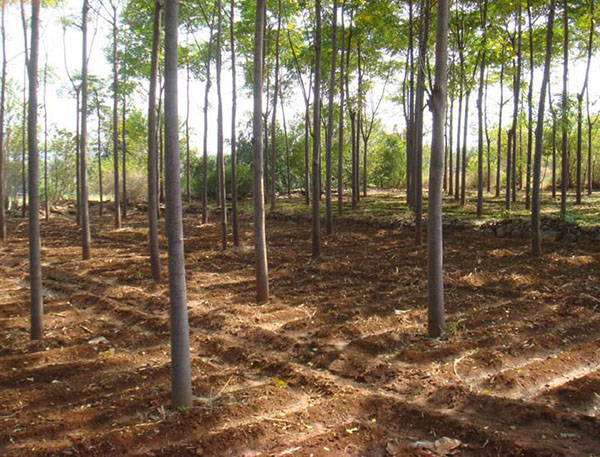
Sustainable Practices: Low Maintenance
Neem trees are hardy and require minimal maintenance once established. They can thrive in poor soils and withstand drought conditions, making them suitable for challenging environments. By providing a natural alternative to synthetic pesticides and fertilizers, neem cultivation reduces the reliance on harmful chemicals, promoting healthier ecosystems and reducing environmental pollution. Neem trees are used in reforestation and afforestation projects to restore degraded lands and improve environmental health. Their fast growth and resilience make them ideal for these purposes. Growing neem trees supports sustainable harvesting practices, ensuring that the trees and their benefits are available for future generations.
Get In Touch
Address:
271, Mahaveer Nagar 2, Durgapura, Jaipur, Rajasthan 302018


